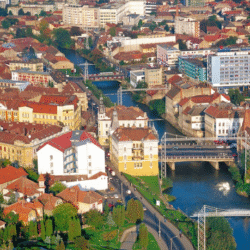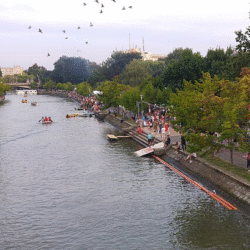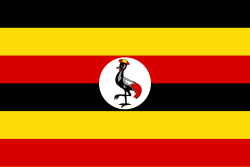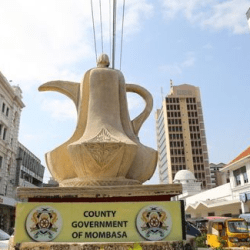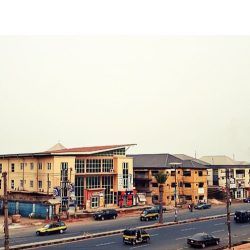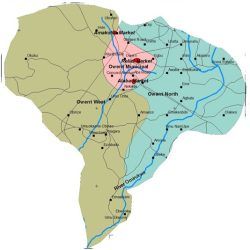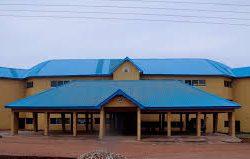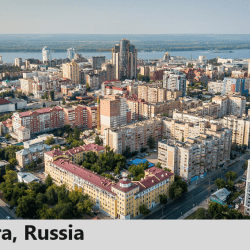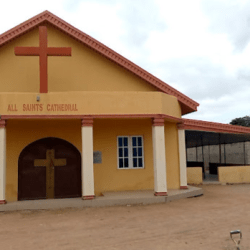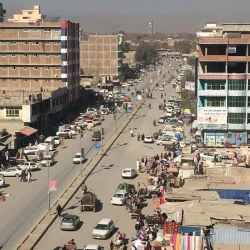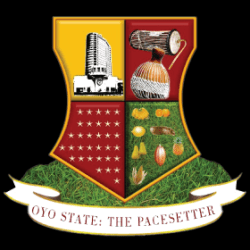The largest counties in Romania by size of land area (per square kilometres) are:
- Timiş 8,697 km sq
- Suceava 8,553
- Caraş-Severin 8,520
- Tulcea 8,499
- Arad 7,754
- Bihor 7,544
- Dolj 7,414
- Constanţa 7,071
- Hunedoara 7,063
- Argeş 6,826
- Mureş 6,714
- Cluj 6,674
- Harghita 6,639
- Bacău 6,621
- Maramureş 6,304
- Alba 6,242
- Buzău 6,103
- Neamţ 5,896
- Teleorman 5,790
- Vâlcea 5,765
- Gorj 5,602
- Olt 5,498
- Iaşi 5,476
- Sibiu 5,432
- Braşov 5,363
- Bistriţa-Năsăud 5,355
- Vaslui 5,318
- Călăraşi 5,088
- Botoşani 4,986
- Mehedinţi 4,933
- Vrancea 4,857
- Brăila 4,766
- Prahova 4,716
- Galaţi 4,466
- Ialomiţa 4,453
- Satu Mare 4,418
- Dâmboviţa 4,054
- Sălaj 3,864
- Covasna 3,710
- Giurgiu 3,526
- Ilfov 1,583
- Bucharest 238
Timiș: Romania’s Largest County by Land Area
Timiș County, located in western Romania, holds the distinction of being the largest county in Romania by land area. Covering approximately 8,697 square kilometers, it is larger than many European countries’ regions or provinces. The county is part of the historical Banat region and shares borders with Serbia and Hungary, making it not only geographically vast but also strategically important for trade, culture, and politics.
Geography
Timiș County enjoys a varied landscape, with fertile plains, rolling hills, and access to the westernmost stretches of the Carpathian Mountains. The Timiș River, after which the county is named, flows through the area.
- Borders:
- North – Arad County
- East – Hunedoara and Caraș-Severin Counties
- South and West – Serbia
- West – Hungary
This position at the crossroads of Central and Southeastern Europe has historically made Timiș a hub of migration, commerce, and cultural blending.
Administrative Structure
The county capital is Timișoara, Romania’s third-largest city and a major cultural and economic center.
- Municipalities: Timișoara, Lugoj
- Towns: Jimbolia, Sânnicolau Mare, Făget, Buziaș, Recaș, Gătaia, Deta
- Communes: Over 80 rural communes spread across the county
Timiș is a diverse administrative unit, balancing vibrant urban centers with a strong rural presence.
Demographics and Population
Timiș County is among Romania’s most ethnically diverse areas due to its history of being part of the Habsburg Monarchy and its position on historical trade routes.
- Ethnic groups:
- Romanians (majority)
- Hungarians
- Germans (Banat Swabians)
- Serbs
- Roma
- Other minorities (Slovaks, Bulgarians, Ukrainians)
This diversity is reflected in the county’s traditions, festivals, languages, and cuisine.
Economic Importance
Timiș is one of the most economically developed counties in Romania.
- Industry: Automotive, IT, electronics, textiles, and food processing.
- Agriculture: Fertile plains make Timiș one of the most productive agricultural regions, with crops such as wheat, corn, sunflowers, and grapes.
- Foreign Investment: Due to its proximity to the EU border, the county attracts significant foreign investment, especially in Timișoara, often called Romania’s “Silicon Valley” for its booming IT sector.
Cultural and Historical Significance
Timiș has played a crucial role in Romania’s modern history:
- Timișoara – Known as the first European city to introduce electric street lighting (1884).
- 1989 Revolution – The anti-communist uprising that began in Timișoara eventually led to the fall of Nicolae Ceaușescu’s regime.
- Banat Heritage – Influences from Hungarian, German, Serbian, and Romanian cultures make the region unique in music, architecture, and traditions.
Tourist Attractions in Timiș County
- Timișoara – Nicknamed “Little Vienna,” it features beautiful squares such as Union Square (Piața Unirii), Victory Square, and Liberty Square.
- Banat Village Museum – Showcases rural traditions and architecture.
- Buziaș Resort – Famous for its mineral springs and health tourism.
- Medieval fortresses – Such as the Lugoj fortress and Sânnicolau Mare castle.
- Carpathian Foothills – Offering hiking, vineyards, and eco-tourism opportunities.
Timiș County in Comparison
- Largest by area: 8,697 km² (bigger than counties like Constanța or Suceava).
- Population: Over 700,000 residents, making it populous but not the most populated (Ilfov and Cluj surpass it in density).
- European context: Its size is comparable to Cyprus or Luxembourg, emphasizing its importance.

FAQs about Timiș County
1. Why is Timiș County important in Romania?
It is the largest by area, economically developed, and historically significant, particularly due to Timișoara.
2. What is the capital of Timiș County?
The county capital is Timișoara, a leading cultural and economic hub.
3. Which countries border Timiș County?
Hungary to the northwest and Serbia to the southwest.
4. Is Timiș County diverse?
Yes, it is one of Romania’s most multicultural regions, with Romanians, Hungarians, Germans, Serbs, and other minorities.
5. What industries dominate the county?
Automotive, IT, electronics, agriculture, and food processing.
6. What is Timiș County famous for historically?
It was the birthplace of the 1989 Romanian Revolution against communism.
Timiș County is not only Romania’s largest county by land area but also a vital center of culture, history, and economic growth. From the multicultural streets of Timișoara to the fertile plains that fuel its agricultural might, Timiș embodies both tradition and progress. Its strategic position at the EU’s eastern frontier ensures it will continue to play a key role in Romania’s development.
